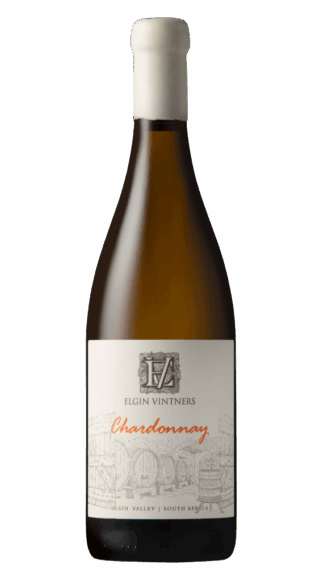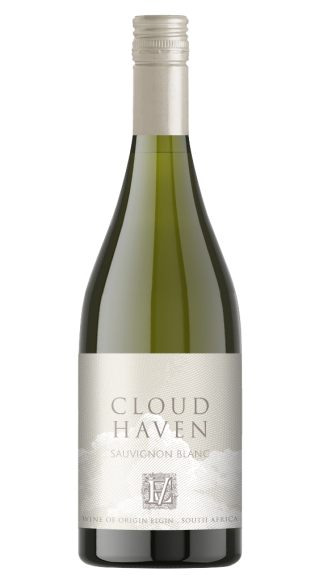Introduction
Winter of 2020, was colder than the previous season, with much higher rainfall, which replenished water resources and led to sufficient cold accumulation to break dormancy. The cold and wet weather continued into Spring, which contributed to homogenous, but delayed bud-break and initial growth. Flowering and set were mostly efficient and even, while shoot and leaf growth picked up the pace by the start of November. Temperatures remained moderate to the coolest Summer experienced in years. This slowed down ripening and resulted in harvest time starting on 24 February, harvesting Pinot Noir, 18 days later than previous harvest.
Temperatures
We experienced no heatwaves this year. The highest maximum temperature measured from 1 December to 31 March was on 4 January, 31.55 °C. The lowest minimum night temperature measured was on 22 February, 7.46 °C.
| MONTH | Average MIN Temp. (°C) | Average MAX Temp.(°C) |
| December ’20 | 12,94 | 23,89 |
| January ’21 | 14,32 | 26,68 |
| February ’21 | 13,25 | 25,76 |
| March ’21 | 12,68 | 23,89 |
 Growth Phase, Climate & Challenges
Growth Phase, Climate & Challenges
Although a delayed bud break occurred, it was particularly even, while sensitive cultivars such as Shiraz were very uneven from the outset. Wet conditions, coupled with lower-than-average soil temperatures, delayed initial growth by up to three weeks. The flowering and fruit set periods were characterised by continuous cool conditions with moderate winds and frequent light rain showers. The lower temperatures caused the occurrence of millerandage (large and small berries in the same bunch) in both Chardonnay and Pinot Noir vineyards.
Véraison occurred, as was the trend for the rest of the season, two to three weeks later. The red cultivars took a particularly long time to complete véraison. Ripening was characterised by extended hang time.
Frequent light rain showers during harvest also brought about challenges regarding both Botrytis and sour rot. Nevertheless, we reacted swiftly to changing weather conditions, and were able to cope with the disease pressure.
Conclusion
Despite challenges in the vineyard, this season excellent wines from good quality grapes are already evident in the barrels. The wines have and attractive flavour profiles, high acidity, and low pH. Among the white cultivars, Sauvignon Blanc and Chardonnay stood out. Alcohol levels appear to be lower than last season, especially with red cultivars such as Pinot Noir and Shiraz, and we could achieve good tannin ripeness at lower sugar levels. The YANs were above average with high glucose:fructose ratios, which resulted in healthier fermentations. At this stage, red wines show good colour extractions, fine tannins, and fresh acidity, all of which are surely indicative of elegant wine styles with good aging potential.
Download the pdf version of the 2021 Harvest Report here.

Katerina Monroe
@katerinam • More Posts by Katerina
Congratulations on the award, it's well deserved! You guys definitely know what you're doing. Looking forward to my next visit to the winery!
















